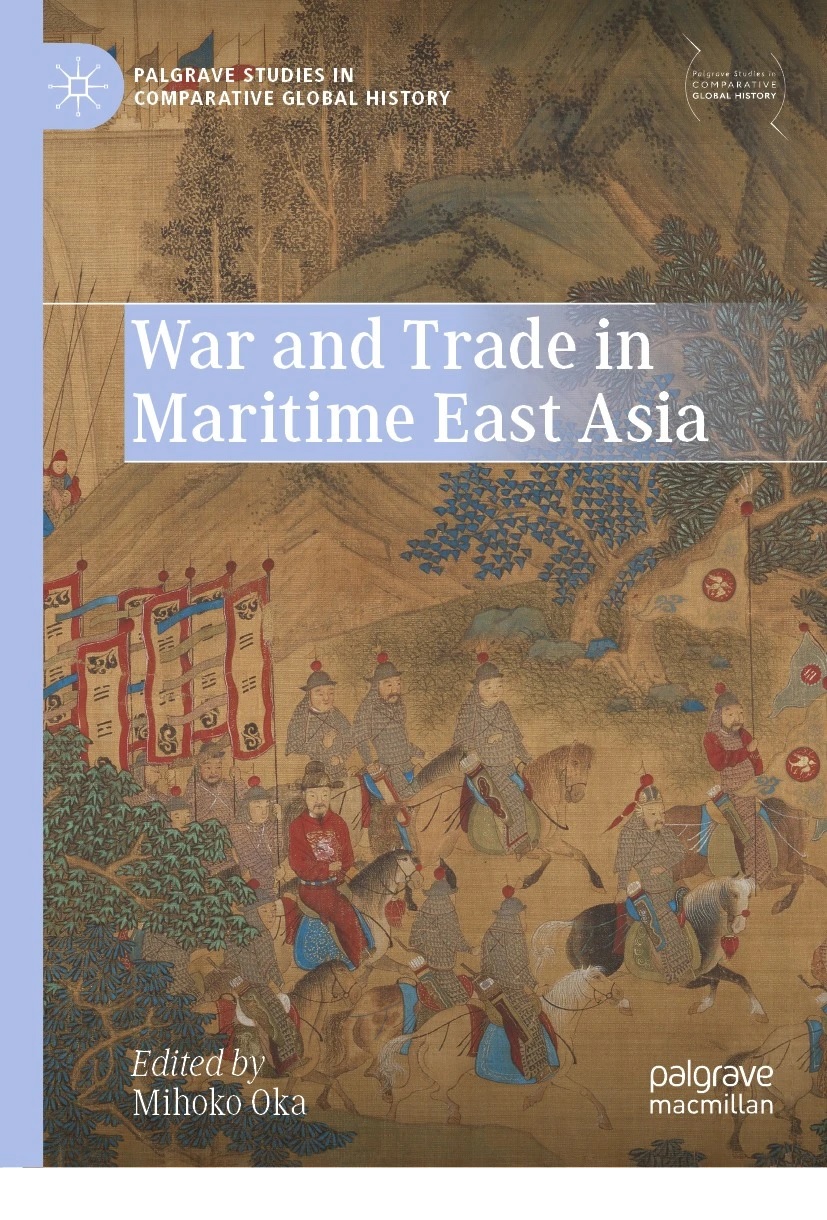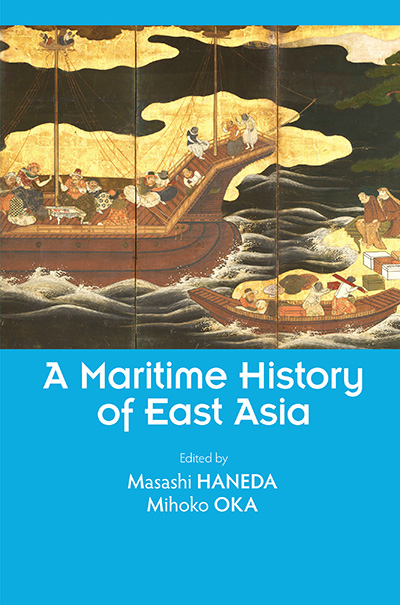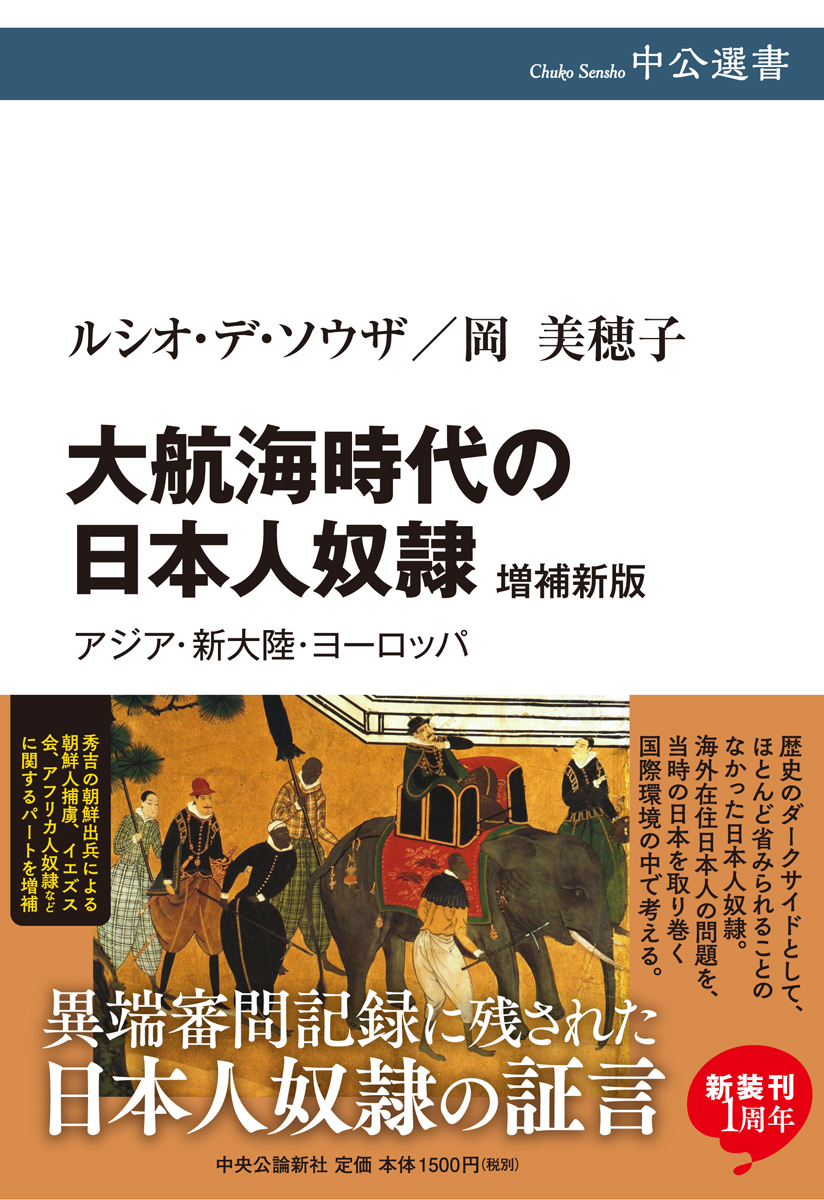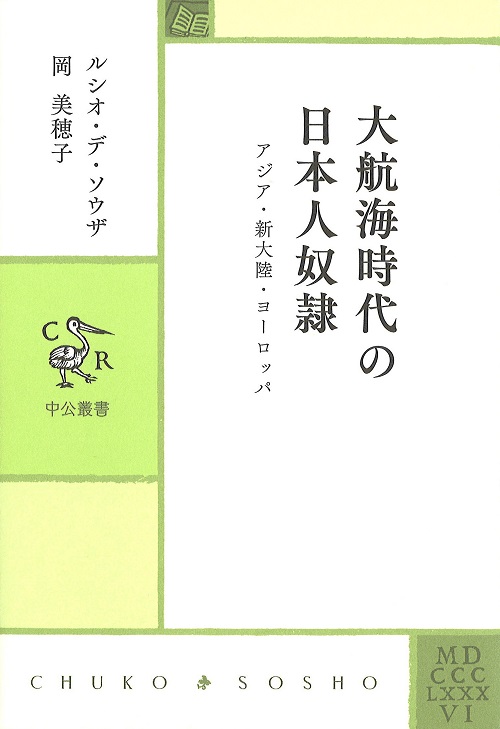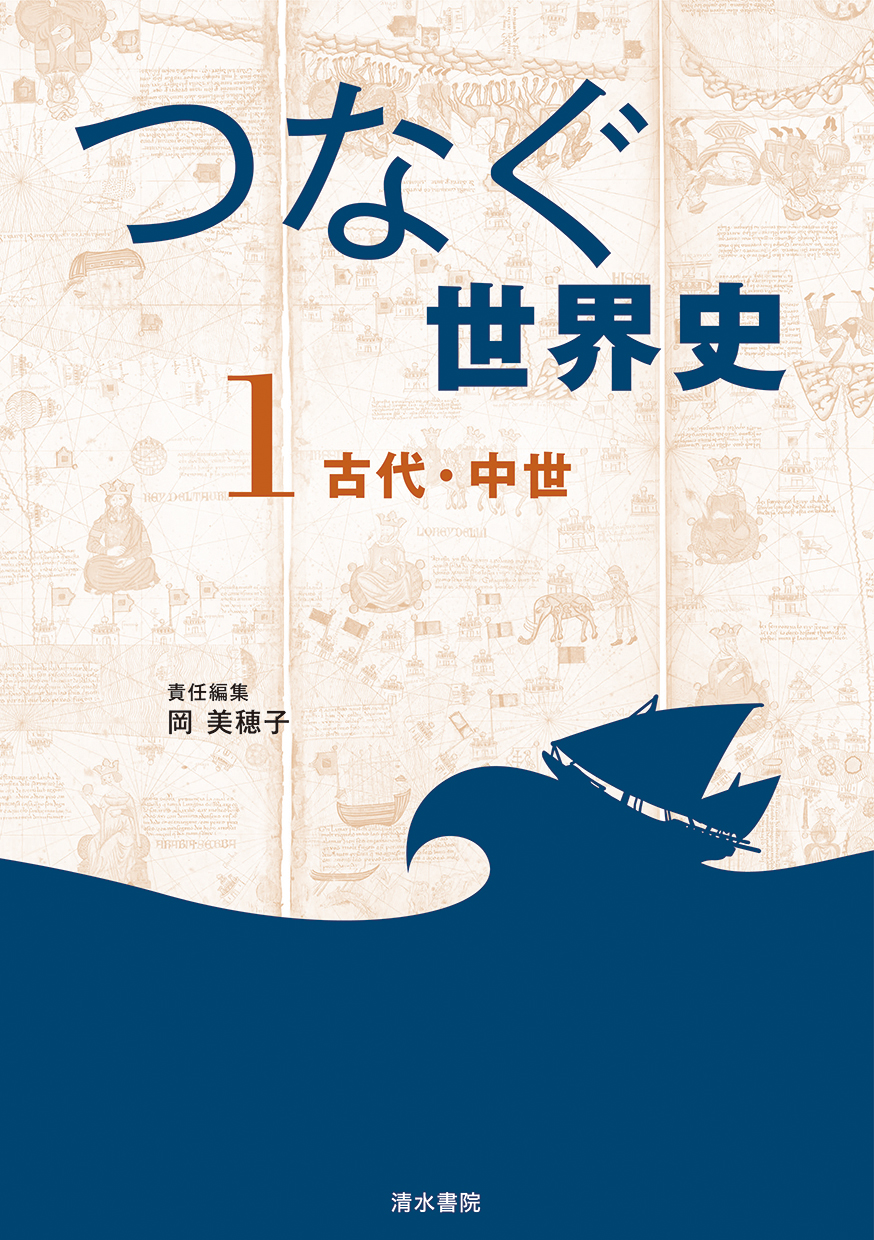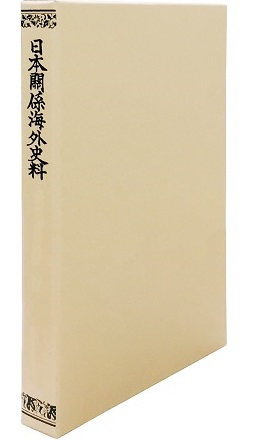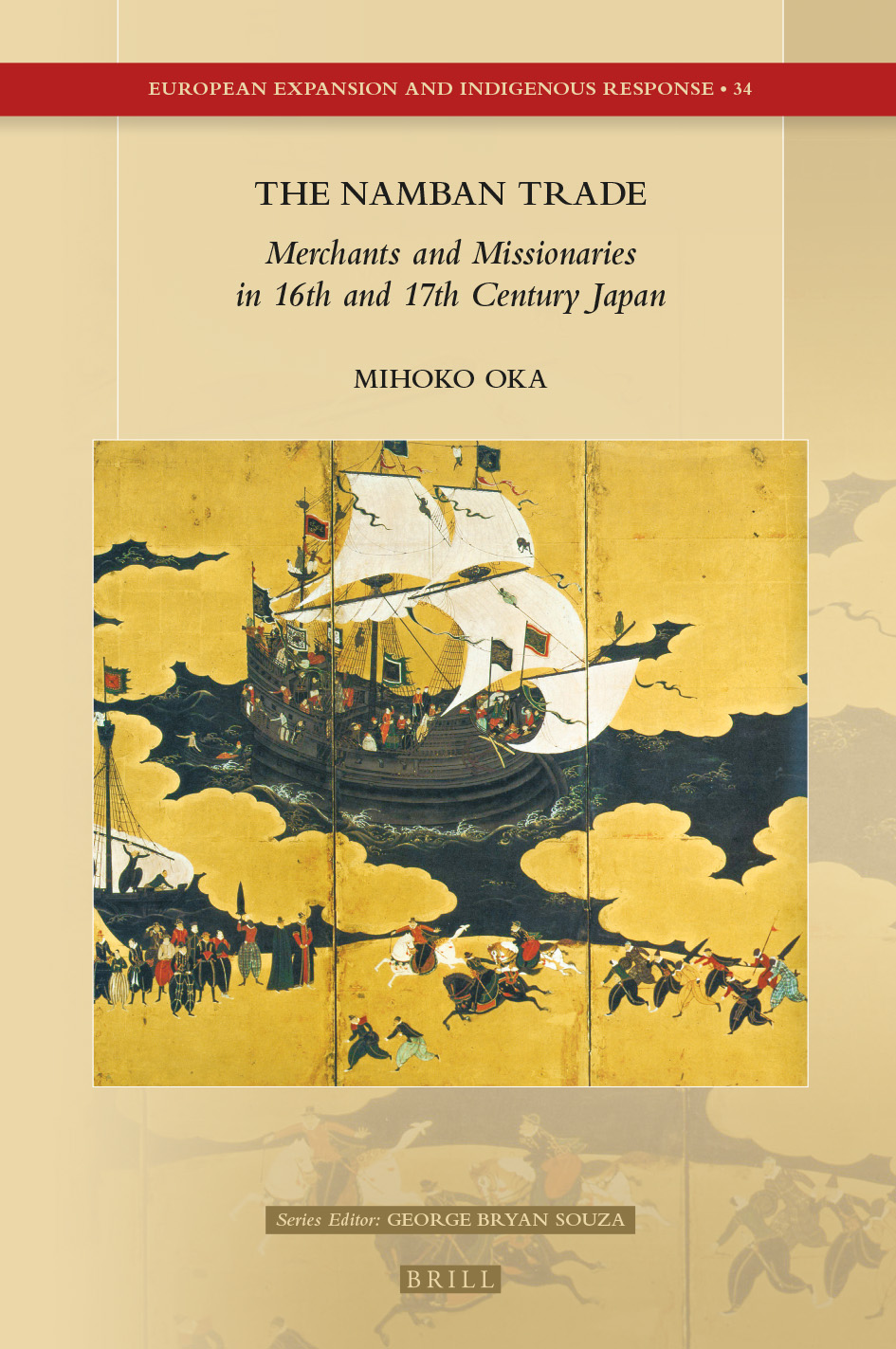
書籍名
European Expansion and Indigenous Response, Volume: 34 The Namban Trade Merchants and Missionaries in 16th and 17th Century Japan
判型など
ハードカバー
言語
英語
発行年月日
2021年6月17日
ISBN コード
978-90-04-46383-7
出版社
Brill
出版社URL
学内図書館貸出状況(OPAC)
英語版ページ指定
本書は2010年に刊行された『商人と宣教師 南蛮貿易の世界』(東京大学出版会)の内容を改訂増補し、英訳に付したものである。英語の翻訳、校閲などは様々な方の手をお借りしたが、基本的にはすべての文章に筆者が目を通して改稿し、幾度ものネイティブ校閲を経て完成された。幸いなことに筆者は、海外のユーラシア経済史の大規模なプロジェクトに若い頃から参加する機会を与えられ、羽田正、パトリック・オブライエン、ジョージ・ソウザ、レオナルド・ブリュッセイ、フランソワ・ジプルら、ユーラシア経済交流史の世界的なエキスパートから直接的かつ継続的に研究上のアドバイスを受けることができた。常に英語で口頭発表を行ってきたが、英文図書の刊行を上記の先生方から強く奨められ、様々な研究費に恵まれて、何とか刊行に漕ぎつけた。
本書では、ヨーロッパ勢力と日本の邂逅に始まる社会の諸変容についての研究が、明治期以降ヨーロッパ中心主義史観で進められてきたことに対する1970年代の日本の歴史学界の反発を紹介する序章を新たに設けた。ある意味ポストコロニアルな視座の転換を経て、21世紀に生きる私たちは、新たにグローバル・ヒストリーのトレンドの中で、より第三者的な視点でこの研究分野を発展させていけると考えている。
筆者の近年の研究では、キリスト教は日本では天竺から来た仏教の一派であるという認識が日本人の間で払底されなかったこと (Cambridge History of Japan, 2022で発表)、南蛮貿易の資本の主体はポルトガル人のものではなく、日本人による投資であったことなどを明らかにしてきた (本書The Namban Trade)。研究視点そのものはポストコロニアルであるが、あえてそれを強調しているわけではなく、いずれも史料から解き明かせることである。むしろこれまでの研究が「史料批判」の然るべきプロセスを経ずに、明治時代以降に作られた日本人のヨーロッパ文明への憧憬と反動的批判の史観にもとづいておこなわれてきたこと、さらにカトリック宣教師によって一方的に書かれたテキストの裏を読むことなく、不正確な翻訳で無批判に利用されてきたことが、正しい認識を妨げていたと感じている。
日本の歴史研究は細かく分立し、歴史を社会の発展の経過として広い視野で見ようとする動きは、海外と比較すると鈍い。それは史料実証に拠らない言説への不信感が強いためであるが、史料に拠りながらも大きな時代像を描き出すことは可能であることを本書では証明するよう心がけた。
本書は大航海時代のポルトガル人の海外進出に始まる歴史・文化現象の世界的に顕著な研究に与えられるOrient Foundationの大賞Prémio Fundação Oriente 2021を受賞した。
(紹介文執筆者: 史料編纂所 准教授 岡 美穂子 / 2021)
本の目次
1 Japanese Scholarship on International Relations History from the 1970s
2 The Eurocentric View in Japan
3 Maritime History Research in Japan
4 Positioning Japanese History in World History
Introduction
1 The Namban Trade and Christian Missionaries
2 Private Merchants and Capitão-mórs
3 Commodity Flows
4 Investment and Maritime Loans
5 The Creolization of Macao
6 The Church in Macao
7 Missionaries and Trade
1 The Portuguese in the East Asian Seas in the 16th Century
1 Portuguese Private Trade in the Extreme Orient
2 The Trade Situation East of Malacca before and after the Portuguese Forays
3 The Portuguese in Shuangyu
3.1 Wokou and Folangji
3.2 The Activities of the Merchant Diogo Pereira
3.3 The Kings of the Folangji
3.4 Disguised as King of Malacca and the Fourth King
4 Francis Xavier’s Plan for a Diplomatic Mission to China and the Prisoner Problem in Guangzhou
4.1 Xavier’s Plan for a Mission to China
4.2 Álvaro Ataíde da Gama’s Intervention in the Mission
4.3 The Liberation of Prisoners in Guangzhou
4.4 Diogo Pereira in Macao
2 The Structure and Content of Namban Trade
1 Overview of the Documents
1.1 Spanish Interest in the Japan Trade
2 The Commodities
2.1 Chinese Commodities for the Japanese Market
2.2 Chinese Commodities for the Indian Market
2.3 Commodities from India to China
2.4 Products from Various Regions across Asia
2.5 Japanese Commodities for the Chinese Market
3 Customs and Freight Rate
3.1 Capitão-mór Income and Freight Charges
3.2 Customs
4 Groundage in Macao Port and Taxes Due to the Chinese Authorities
3 The Namban Trade and Nagasaki Merchants: Structure of Investment and Capital Injection
1 Hakata and Nagasaki
2 Some Problems Concerning Nagegane
2.1 Defining Nagegane
2.2 Agreements with the Chinese
3 The Role of Suetsugu Heizō as seen in Portuguese Certification Documents
3.1 Paredes’s Kaijogin Loan Bonds
3.2 Investment Association of Merchants in Hakata Based on Family Relationships 102
4 Suetsugu Heizō’s Role in the Namban Trade
4.1 Heizō’s 1634 Letter
4.2 From Silver to Purchasing Stocks
4.3 Heizō’s 1635 Letter
4.4 The1632 Investment Agreement
4.5 Nagasaki Merchants’ Investments
4.6 The Vassals of the Shogun Ban Investment
4 Macao and the Namban Trade: The “Maritime Loan” Debt Problem
1 Macao Society, 1620s to the 1630s
1.1 The End of Macao’s Self-Government
1.2 The1625 Census
1.3 Trade between Manila and Macao
2 Loaned Silver in the 1630s
2.1 Export of Japanese Copper
2.2 Repayment of Japanese Debt
2.3 The Ban on Maritime Loan Agreements
3 Types of Debt
3.1 Analysis of Macao City Council Documents
3.2 Debts from Individual Agreements
3.3 Group Agreement on Debt
4 The Link between Individual Agreements and Bankruptcy
4.1 Individual Agreements in the1620s
4.2 Business Dealings between Macao and Chinese Merchants
4.3 Spanish Silver from Manila
5 Respondência Agreements and the World Market for Silver
5.1 Companhia and Respondência in Spain and Portugal
5.2 Maritime Loans from Macao Merchants
5 Religion and Power in Macao
1 The Role of St. Paul’s College during the Namban Trade Period
2 Bishop Carneiro and Macao Society in the 16th Century
3 The Treasury of St. Paul’s College
4 St. Paul’s Fort
5 The Economic Foundation of the College
5.1 Almsgiving
5.2 Revenue from the Trade with Japan
5.3 The Red-seal License for Namban Ships
6 The Role of the College in Macao
6.1 Education and Hearing Confessions
6.2 Mediation and Diplomacy
6 The Jesuits and Trade after the Prohibition of Christianity in Japan
1 Valignano and the Mercantile Community in Macao
2 Summary of the Memorandum for the Japan Procurador
3 Analysis of the Memorandum
3.1 Author and Composition
3.2 Criticism of Past Procuradores
3.3 A Comparison with Valignano’s Regulations
3.4 The Galleon Nossa Senhora da Graça
3.5 Warnings during the Ban on Christianity
3.6 Information on the Market in Japan
3.7 Raw Silk Prices and Pancada
3.8 Textiles
3.9 Silver Screening
3.10 Rodrigues’s View of the Japanese People
4 Japanese Silver and the Procurador
4.1 The Jesuits and Entrusted Silver
4.2 The Ban on Christianity and Entrusted Silver
5 The Jesuits and Maritime Loans
7 Nagasaki during the Kan’ei Period: The Affair of Paulo dos Santos
1 Outline of the Affair
2 Takenaka Shigeyoshi, Nagasaki Magistrate, and the Portuguese
2.1 Takenaka Shigeyoshi’s Private Trading Ship
2.2 Background to the Dismissal of the Nagasaki Magistrate
2.3 The Reason for Takenaka’s Dismissal
3 A Reexamination of the Kareuta Oshioki no Hosho
3.1 From Faxaque to Kareuta Oshioki no Hosho
3.2 An Investigation of the First Article
3.3 Cristóvão Ferreira
3.4 TheInfluence of the Santos Affair on Foreign Laws
4 The Reaction of Macao’s Government to the Santos Affair
4.1 The Santos Affair in the Monsoon Documents
Epilogue: The Final Phase of the Namban Trade
1 The Macao Delegation up to the Break in Relations
2 The Martyrdom of the Macao Merchant Legation in 1640
関連情報
Fundação Oriente – Embaixador João de Deus Ramos賞 (Academia de Marinha, Defesa Nacional de Republica Portuguesa 2021年)
https://academia.marinha.pt/
書評:
Frederik Vermote 評 (『Journal of Jesuit Studies』 2022年7月27日)
https://brill.com/view/journals/jjs/9/4/article-p588_010.xml
Alexandra Curvelo 評 (『Journal of Early Modern History』 2022年5月31日)
https://brill.com/view/journals/jemh/26/3/article-p286_9.xml?language=en
Niki J.P. Alsford 評 (『International Journal of Maritime History』Volume 34, Issue 2 2022年5月20日)
https://journals.sagepub.com/doi/full/10.1177/08438714221102005
Thomas Lockley 評 (『Bulletin of the School of Oriental and African Studies』 2022年5月10日)
https://doi.org/10.1017/S0041977X22000441
Adam Clulow 評 (Sophia University『Monumenta Nipponica』Vol.76, Number 2, p.372-375 2021年)
https://muse.jhu.edu/article/848767



 書籍検索
書籍検索


 eBook
eBook